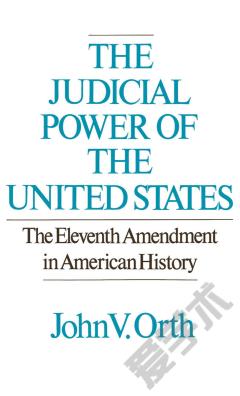The American Judicial Tradition —— Profiles of Leading American Judges
----- 美国司法传统:美国顶级法官简介
Preface to Third Edition Preface to Expanded Edition Preface Introduction 1. John Marshall and the Genesis of the Tradition 2. Kent, Story, and Shaw: The Judicial Function and Property Rights 3. Roger Taney and the Limits of Judicial Power 4. Political Ideologies, Professional Norms, and the State Judiciary in the Late Ninteenth Century: Cooley and Doe 5. John Marshall Harlan I: The Precursor 6. The Tradition at the Close of the Nineteenth Century 7. Holmes, Brandeis, and the Origins of Judicial Liberalism 8. Hughes and Stone: Ironies of the Chief Justiceship 9. Personal versus Impersonal Judging: The Dilemmas of Robert Jackson 10. Cardozo, Learned Hand, and Frank: The Dialectic of Freedom and Constraint 11. Rationality and Intuition in the Process of Judging: Roger Traynor 12. The Mosaic of the Warren Court: Frankfurter, Black, Warren, and Harlan 13. The Anti-Judge: William O. Douglas and the Ambiguities of Individuality 14. The Burger Court and the Idea of "Transition" in the American Judicial Tradition 15. The Unexpectedness of the Rehnquist Court 16. The Tradition and the Future Appendix: Chronology of Judicial Service Notes Bibliographical Note Index
{{comment.content}}








 京公网安备 11010802027623号
京公网安备 11010802027623号